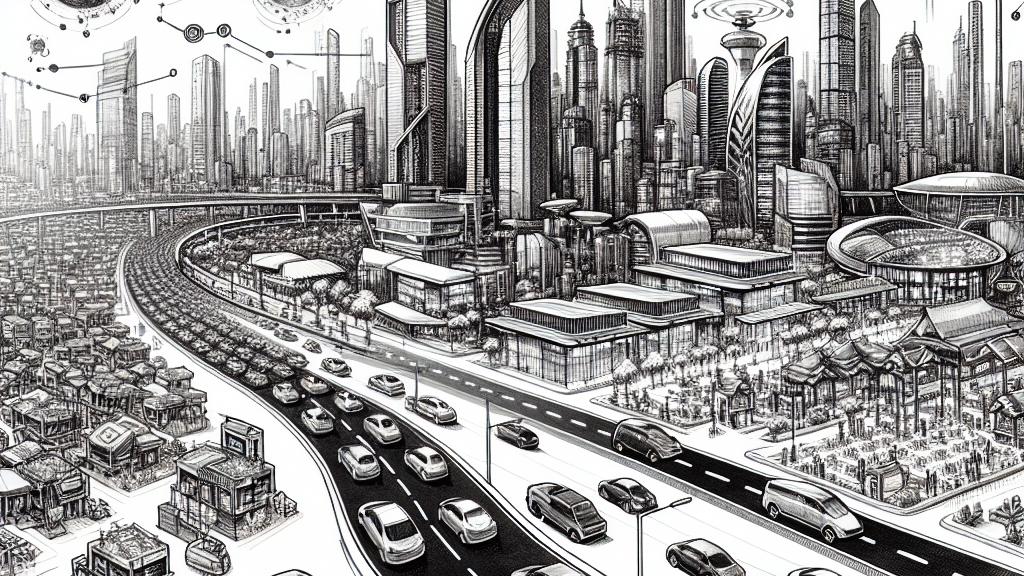Exploring Thailand's Plan for a High-Tech Future
Overview
- Thailand's Eastern Economic Corridor is set to revitalize the economy and unlock new job opportunities.
- This initiative targets cutting-edge sectors such as renewable energy, advanced manufacturing, and digital technology.
- However, significant concerns remain about how these developments will impact local communities and the broader population.

The Visionary Blueprint of the EEC
At the heart of Thailand's Eastern Economic Corridor (EEC) lies an ambitious vision to transform the country into a high-tech powerhouse. Launched back in 2017, this megaproject promises to usher in a new era filled with innovation and economic prosperity. Envision a bustling metropolis where electric vehicles zip through smart streets, healthcare facilities are outfitted with the latest tech advancements, and attractions designed to thrill tourists abound. The government aims to attract an astonishing $2.9 billion in investments annually by 2025! Yet, amid this optimism looms the reality of a nation scarred by political turmoil and recent economic setbacks that have hindered its growth compared to its neighbors.
Addressing Local Impact and Concerns
However, it’s crucial to address the doubts that arise alongside such grand expectations. Critics express apprehension that while corporations may flourish, the local communities might see limited benefits. For example, will new factories and tech hubs provide stable, high-paying jobs for locals, or merely create seasonal positions that pay poorly? Imagine a hardworking parent hoping for a steady paycheck only to find themselves struggling to make ends meet. This scenario raises important questions: Will the EEC genuinely serve as a bridge to shared prosperity for all Thais? Can it foster real socio-economic inclusivity, or will it primarily enrich a select few? As Thailand strides into this high-tech vision, its success will hinge on creating opportunities that uplift every citizen, ensuring that no one is left behind in this technological revolution.

Loading...